An abstract is a brief, written explanation of the research project. The abstract contains a succinct description of the project’s purpose, the procedures followed, the data collected, and the conclusions reached. This must all be accomplished in 250 words or less.
Every project at the fair is required to have an abstract submitted as part of registration and on the project display board. Additionally, while not a requirement, extra copies of the abstract should be available for preliminary and finalist judges.
In submitting the abstract you are attesting that the nature of the work and your involvement is accurately described. If some portion is not your work, it should not be part of your abstract unless you cite the assistance. It is OK to receive help with the project but that help must be acknowledged. Please read the CESF Ethics Statement
Submit Your Abstract Here Copy and paste your abstract from a document on your computer. Abstracts are due by March 1. They will be posted on the CSEF website for reading by our judges. Yes, judging as previewing, starts before you arrive at the Fair. An archive of abstracts from previous fairs is included at the bottom of the abstract submission page. Yes, abstracts are updated as the stragglers come in. But our nearly 400 judges are eager to preview them and start reviewing as soon as the first post is available. It’s best not to be late.
Purpose of the Experiment
- An introductory statement of the reason for investigating the topic of the project.
- A statement of the problem or hypothesis being studied.
Procedures Used
- A summarization of the key points and an overview of how the investigation was conducted.
- An abstract does not give details about the materials used unless it greatly influenced the procedure or had to be developed to do the investigation.
- An abstract should only include procedures done by the student. Work done by a mentor (such as surgical procedures) or work done prior to student involvement must not be included.
Observation/Data/Results
- This section should provide key results that lead directly to the conclusions you have drawn.
- It should not give too many details about the results nor include tables or graphs.
Conclusions
- Conclusions from the investigation should be described briefly.
- The summary paragraph should reflect on the process and possibly state some applications and extensions of the investigation.
Writing an abstract can be a daunting task. Some ideas from past years are available in the Abstract Archives.
To learn more about writing an abstract download this powerpoint from ISEF or a PDF version.
*Content for this page, including the powerpoint is extracted from the International Science & Engineering Fair materials.

